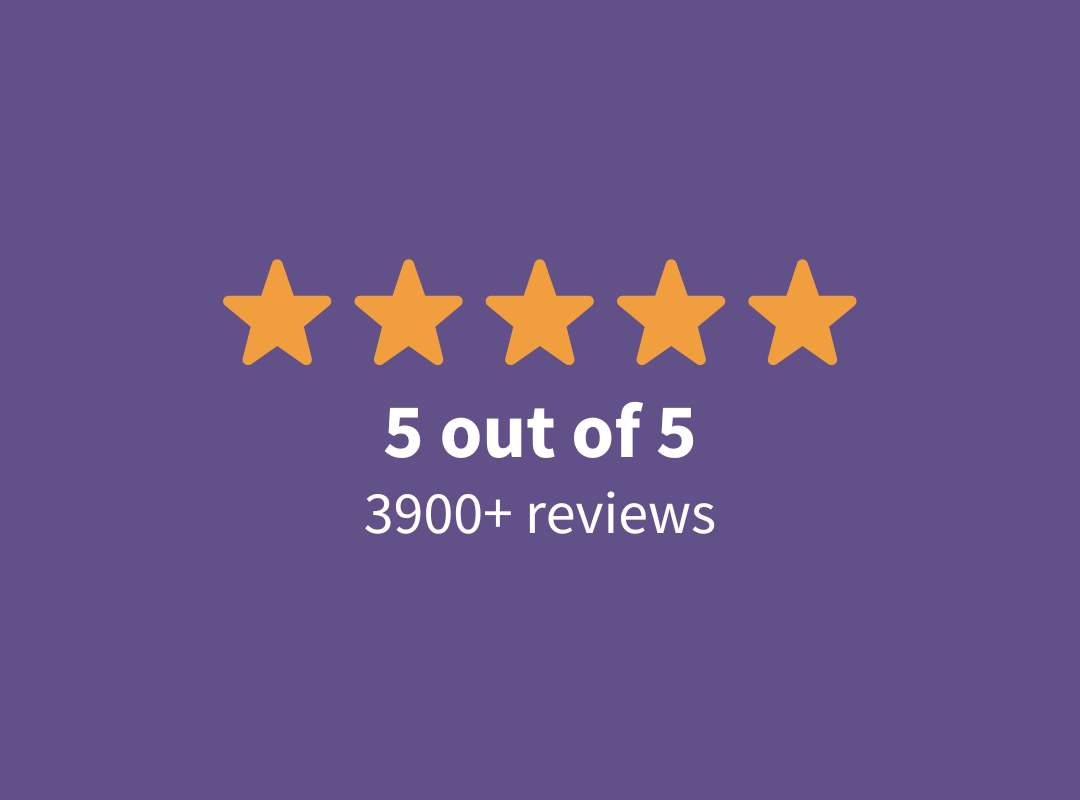When purchasing disability insurance, understanding riders — optional add-ons that upgrade your policy for an additional cost — is crucial. Many professionals know about the own-occupation rider, which pays out if you can no longer perform your specific job, even if you’re still able to earn an income doing something else.
But very few doctors are aware of the Future Increase Option (FIO) and Benefits Increase Rider (BIR) — also known as the Benefit Purchase Rider (BPR) — and how these riders can impact their long-term financial security.
We’ll cover the differences between the FIO and BIR riders and discuss how to know which rider might be the best for your specific situation.
What is the Future Increase Option (FIO) rider?
The Future Increase Option (FIO) rider gives you the right to purchase additional disability coverage in the future — without undergoing medical underwriting again. While it costs more upfront, it ensures that as your income grows, your coverage can grow with you.
For example, if you’re a resident, and you know your income will go way up in just a couple of years, an FIO rider could help tremendously. It allows you to lock in the ability to buy more coverage when your salary jumps, so you’re not left underinsured when you upgrade to your dream home or take on larger financial commitments.
Get the best price on own occupation disability insurance
SLP Insurance will find you the best price even if it's not with us. Fill out the form below to get discounts of up to 30%.
Benefits of FIO
- More coverage when you need it: You can increase your disability benefit after a qualifying life event, such as a salary boost or job change.
- Predictable coverage increases: Many policies allow you to change your benefit annually or whenever a qualifying event happens.
Drawbacks of FIO
- Capped increases: Your coverage can typically increase by no more than three times your initial monthly benefit. So, if you start with a small policy — say, a $1,000/month benefit as a resident — you won’t be able to increase your coverage much at all. As long as your initial covered monthly income under your disability policy is large enough, an FIO rider can offer good value.
- Higher cost: FIO riders cost more than BIR riders, which means agents earn a higher commission when selling policies with an FIO rider. It’s important to get a detailed explanation of which rider is better, along with disclosure of any conflicts of interest.
Now let’s look at the BIR rider and how it compares.
What is the BIR (Benefit Increase Rider)?
Also known as the Benefit Purchase Rider (BPR), the Benefit Increase Rider (BIR) allows you to increase your disability coverage as your income grows.
Let’s look at it this way: The FIO rider locks in a fixed amount of future coverage, while the BIR rider is tied to your actual income increases, giving you more flexibility to adjust your benefits as your earnings rise.
Benefits of BIR
- Higher coverage potential: Unlike the FIO rider, which generally maxes out at a $15,000 monthly benefit, a BIR rider can increase coverage up to $20,000 to $30,000 per month, as long as you have the income to justify it.
- Keeps up with inflation: Many policies allow you to increase your monthly benefit to account for inflation, counteracting the rising cost of living.
Drawbacks of BIR
- Time-sensitive increases: If you miss an opportunity to increase your coverage (e.g., within 90 days of starting a new attending job), you might have to wait a few years for another opportunity.
- Risk of being underinsured: If you’re not proactive in adjusting your coverage, you might fall short on protection. You need to be fully informed so you don’t end up underinsured.
Who might prefer FIO or BPR?
Choosing the right disability insurance rider isn’t just about cost — it’s about ensuring your coverage grows with your income.
The Future Increase Option is probably best for someone who knows with a high degree of certainty that they’ll earn a much larger income soon. It’s likely better for someone who knows exactly how much minimum income protection they’ll need.
The BIR rider might be best for someone who wants to spend less on their disability insurance policy initially while also retaining flexibility on increasing their monthly benefit in the future. The downside is if you ever decline a coverage increase, you might not be able to increase your coverage in the future or may have to wait a long time to change it.
Pick riders that increase your coverage as income increases
Ultimately when you buy a disability policy, you need more than a generic recommendation — you want to get a detailed explanation of why one set of riders is better than another for your specific situation, income, specialty, and risk tolerance.
An independent agent can compare quotes, break down the pros and cons of BIR vs. FIO, and help you choose the best fit for your career and financial goals.
Our agency, SLP Insurance, specializes in helping professionals find the right coverage. Fill out the quote form below, and we’ll be in touch with options tailored to your needs.
Compare disability insurance quotes and save
SLP Insurance will find you the best price on own occupation coverage, even if it's not with us. Fill out the form below for a quote with up to 30% discounts.
